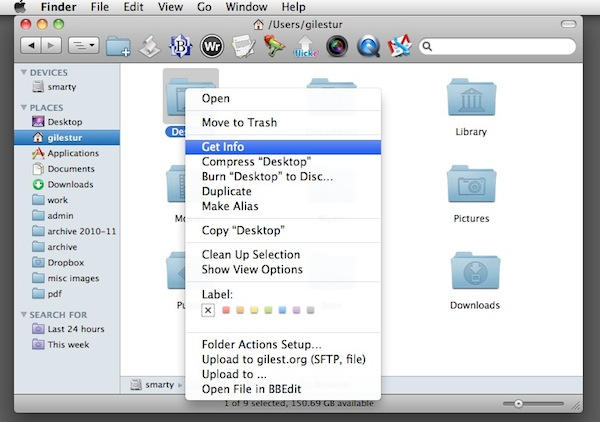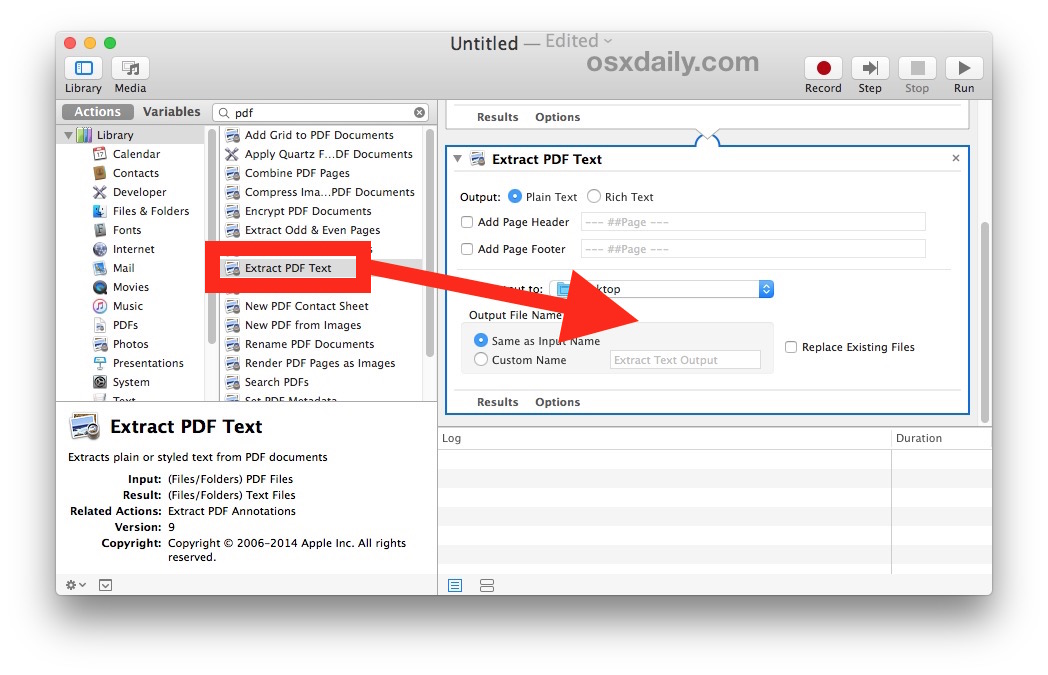Mac Os Needed For Ms Word Program To Operate
Both have the ability to export files as Word and Excel if you need to send files to other people who don't have Macs. Or, you can purchase Microsoft Office for Mac 2011, which contains both Word and Excel. Microsoft Word is the standard word processing application for computers running the Windows operating system. Word is not a central program on the Mac, which comes equipped with Text Edit and offers its own version of a word processing program through iWork.
-->Summary
This article discusses known issues that may occur with Office for Mac applications on MacOS 10.7 (Lion).
Note
- Microsoft has been working with Apple from the early days of MacOS 10.7 (Lion). Through this partnership, many issues were addressed leading up to the Lion release. Microsoft will continue to work closely with Apple to address problems that may occur with Office for Mac 2008 and 2011 and Lion OS.
- Sync services are not available with OSX versions 10.8 (Mountain Lion) or higher.
More information
There are two major Office for Mac issues Microsoft is aware of running on Lion:
Communicator for Mac crashes when you send an IM or start an audio/visual call.
Note
Microsoft will resolve this issue in an upcoming update to Communicator for Mac.
Office for Mac 2004 will not run on Lion.
Note
Previous MacOS versions supported Rosetta, an Apple Mac OSX bridge technology that enabled applications such as Office for Mac 2004 to run on the latest chip architecture for Mac. Because Lion no longer supports Rosetta, applications that relied on it will no longer function under the new MacOS.
Here is a list of other known issues that Microsoft is currently investigating. These issues will likely only be encountered in specific situations or configurations:
Excel 2008 or 2011
- Excel may crash when you move a sheet from one workbook to another workbook.
- Excel 2011: MSQuery for English will work on Lion. However, it will not work on other language versions of Excel 2011 on Lion.
- Excel 2008: MSQuery will not work on any version of Excel 2008 on Lion.
- The date format may display the year as 2 digits instead of 4 digits.
Word 2008 or 2011
- The date format may display the year as 2 digits insead of 4 digits.
PowerPoint 2008 or 2011
- Pressing the Command and Tab keys to open another application while in Presenter View may crash PowerPoint.
- Switching out of or quitting Slide Show in full-screen mode may result in inconsistent window behavior.
- You may be prompted to save your presentations when switching windows.
Entourage 2008 or Outlook 2011
- You may be unable to import messages from Lion Mail.
Office 2008 or 2011
- Reference tools may have redraw problems and links may not work.
- Chart data labels may not be visible.
- Equation editor may not function correctly.
Web Applications
- May not correctly open the file in the rich client application. The following workaround will work with Safari or Firefox:
- Quit Safari or Firefox.
- On the Go menu, click Applications.
- Select Safari or Firefox.
- On the File menu, click Get Info.
- Select the check box for Open in 32-bit mode.
- Quit and open Safari or Firefox.

About nine months ago, I acquired a 13-inch MacBook Air. At that point, the first Ultrabooks had been announced but were not yet shipping. Even so, I might have waited, except that the Ultrabooks I'd previewed to that point seemed uninspired--with clunkier hardware than the Air offered and various odd compromises. Some missed the boat on the trackpad; others had lower-quality displays. So I bought a 13-inch MacBook Air configured with a 256GB solid-state drive.
Originally, I had intended to load most of my Windows applications onto the new laptop, using the Parallels virtual machine software. But at some point shortly after installing the Parallels/Windows 7 combo, I stopped using the VM, opting instead to integrate Mac OS into my existing, Microsoft-based environment. Adopting this setup does mean enduring a few hassles, but overall the two operating systems play nicely together, if you set them up properly. What follows are the details of how I did that, and how well the arrangement has worked.
Understanding Your PC Needs
Different people have different needs. When I take a laptop on the road, I need it to do several specific things:
- Write and edit articles like this one.
- Process and edit photographs. And since I shoot all of my photos in RAW format, using a DSLR, the ability to process raw images is important.
- Maintain cross-compatibility between Mac OS apps and Windows software. I'm not talking here about data files alone, but also about usability: Basically, I didn't want to have to relearn applications. That said, I remained open to the idea of using native Mac OS apps, but my use of any such apps would be in addition to applications I used for daily work.
- Integrate the Mac OS and Windows environments to make moving files back and forth easy.
Ms Word Program Download
Those requirements define the goals I had in mind in setting up my MacBook Air. Let's start by looking at the applications mix I went with, and my reasons for choosing those apps.
Applications
Microsoft Office 11 for Mac OS
First up is a no-brainer if you need to get work done. Other word processors, spreadsheets, and presentation programs do exist for the Mac; and some are probably easier to use or more streamlined than Office. But I know Word pretty intimately, and I use Excel pretty regularly. Transferring files is, for the most part, straightforward. Some spreadsheets that use macros in the Windows version of Excel won't run on the Mac version, but I rarely use those.
I rarely use PowerPoint, and I'm tempted to experiment with some of the cool presentation tools I've seen for Mac OS.
Finally, there's Outlook for the Mac. It works well enough and has some neat mail management capabilities, but its interface in Mac OS differs more from the Windows version than the other Mac Office apps do. Most notably it lacks a few enterprise-centric features that are of little use to me. Still, overall, its behavior echoes that of the Windows version.
One application absent from both Windows and Mac versions of Office 2010 is Visio 2010, which I occasionally use for diagramming. Though no Mac OS version of Visio exists, I could install it in Windows 7 running under Parallels if the need arose. But since I use my MacBook Air primarily as an on-the-road machine, I probably don't need to have a copy of Visio 2010 on it.

Photoshop CS 5.5
Photoshop is a key aspect of my photographic workflow--Camera Raw in particular. Photoshop on the Mac and under Windows behave quite similarly, so switching between versions is pretty simple. Also installed are a number of Photoshop plugins, including Nik Software's Dfine noise reduction and Viveza image enhancement tools, as well as Imagenomic's Portraiture.
Photoshop behaves surprisingly well on the MacBook Air. My desktop system runs Photoshop for Windows on a six-core Core i7-3830K system with 16GB of RAM, so I was a little worried that large raw files might bog down the 4GB MacBook Air; but it seems to work fine, as long as I limit myself to keeping one or two images open. The noise reduction plugin runs noticeably slower under these conditions, however.
Snagit Pro
I often need to capture screenshots of applications, desktop shots, and related items. Snagit Pro, which comes in both Mac and PC versions, is my application of choice. The two behave slightly differently, but the user interface is similar enough that I'm comfortable switching between versions.
Cross-Platform Integration
I use a few additional tools to keep data in sync between the MacBook Air and my Windows systems.
Google Chrome
I'm sure Safari is a capable enough browser, but with Chrome's cloud-based bookmark sync feature I can easily keep the same set of bookmarks across all versions. I've noticed that Adobe Flash seems to impose a bigger performance hit and to be less stable on Mac OS than on Windows. But then, Flash isn't a model of stability on Windows, either.
Dropbox (and SkyDrive)
I've used Dropbox for several years now, and its capabilities have grown significantly in that time. I currently have Dropbox on my Windows system, on Mac OS, and on my iPad and iPhone. It's been incredibly useful, enabling me to share large files with editors when email won't work, and to move artwork or text files between various systems.
I've just started playing with the latest iteration of Microsoft's SkyDrive. I now have it installed on the MacBook Air, and with the free 25GB available for my use--one of the benefits of my being an early adopter--it makes moving large photographs and other data files around even easier.
When working with either storage service, I've used the synchronized folders as my default save folders for all my Word and Excel documents. That way, they instantly show up on my Windows-based home systems.
Evernote
For quick and dirty notes and lists, I use Evernote. It runs across Mac OS, Android (which I don't use), Windows, and iOS.
Free Ms Word Program Download
Windows Home Server Integration
Now let's turn to an area that's not so hot: Windows Home Server. I use Home Server 2011 as my primary repository for backups, as well as for storing benchmarks, downloaded files, and media. WHS 2011 actually worked pretty well with Apple's Time Machine backup tool--until Apple shipped Lion. At that point, the Mac OS Launchpad app displaced the WHS Launchpad (the names and locations were identical), and Microsoft hasn't fixed the problem.
It's still possible to use WHS with Lion, however. One way is simply to use Finder: Click the Go menu, and then click Connect to server. In order for this to work, though, you do need to know the actual IP address of your WHS system.
The other approach is to use root access on the Mac to rename the Mac OS Launchpad, and then to install WHS Launchpad. Unfortunately, doing so merely gives you an easier way to access the server; Time Machine still won't work. I tried a third-party plugin, Orbital Backup for Home Server 2011, but it refused to install on my WHS 2011 system, so that was a no-go. I also considered using a more involved method to back up a Lion system to WHS, but it involved installing a Linux-based virtual machine on the WHS system, at which point my eyes glazed over and I gave up.
The only way I've been able to back up the system reliably is by using a USB hard drive connected to the MacBook Air directly. That's regrettable, but such issues are not uncommon when you're trying to live in a multiplatform world.
Final Thoughts

I still haven't found an Ultrabook that quite matches the MacBook Air hardware, though the Asus Zenbook UX31E comes close. In any event, I wouldn't buy an Ultrabook today--I'd wait to see what some of the Ivy Bridge hardware looks like when those models begin shipping later this year. Some Ivy Bridge-based Ultrabooks may prove to be very slick packages. My dream system would be something with the same responsive touchpad as the Air, a good keyboard layout, and a 1080p IPS LCD panel--weighing 3 pounds, of course.
Until that as-yet-mythical system ships, I'm quite content to continue using the Sandy Bridge-based MacBook Air. The laptop is light, its battery life is terrific, and it is a pleasure to use on the road. And coming from a pretty hardcore Windows user, that's high praise.